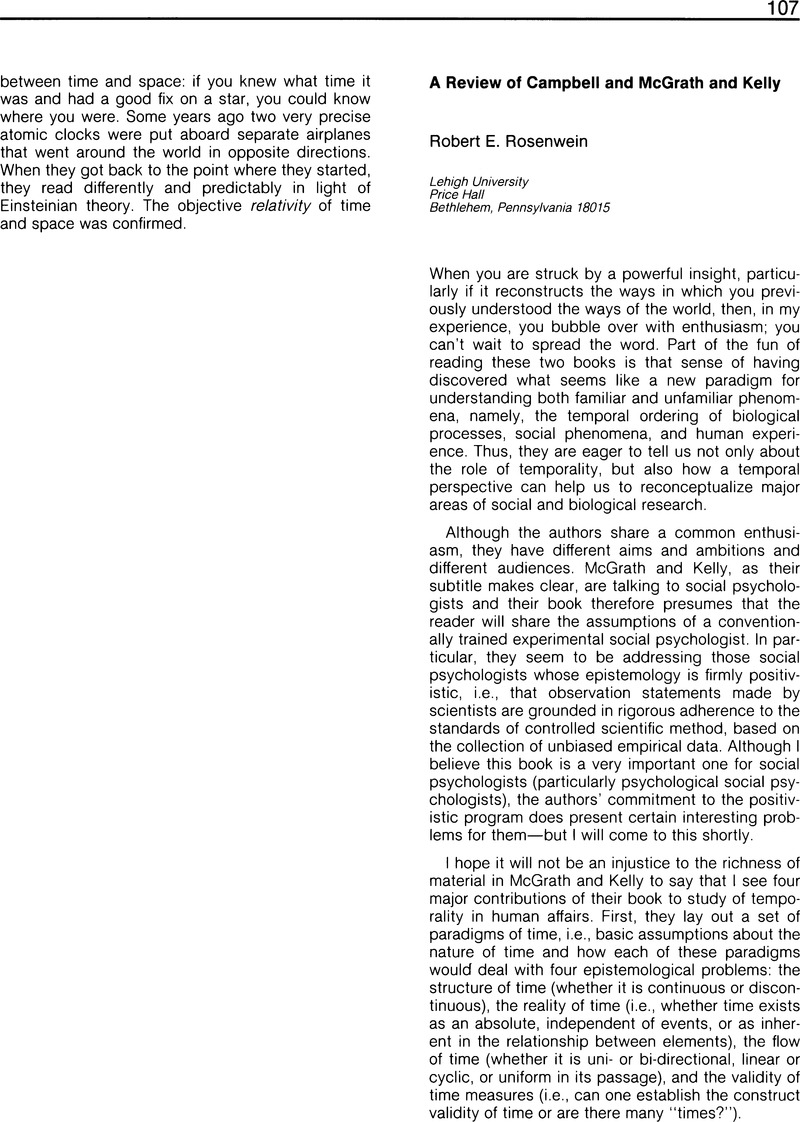No CrossRef data available.
Article contents
A Review of Campbell and McGrath and Kelly
Published online by Cambridge University Press: 17 May 2016
Abstract
An abstract is not available for this content so a preview has been provided. Please use the Get access link above for information on how to access this content.

- Type
- Book Reviews
- Information
- Politics and the Life Sciences , Volume 7 , Issue 1: Special Issue: Medicine and Political Behavior , August 1988 , pp. 107 - 109
- Copyright
- Copyright © Association for Politics and the Life Sciences
References
Chappell, E. D. (1940). “Measuring Human Relations: An Introduction to the Study of the Interaction of Individuals.” Genetic Psychology Monographs 22: 3–147.Google Scholar
Chappell, E. D. (1953). “The Standard Experimental (Stress) Interview as Used in Interaction Chronograph Investigations.” Human Organization 12: 23–32.CrossRefGoogle Scholar
Chappell, E. D., and Coon, C. S. (1942). Principles of Anthropology. New York: Holt, Rinehart and Winston.Google Scholar
Condon, W. S. (1979). “Neonatal Entrainment and Enculturation.” In Bullowa, M. (ed.), Before Speech: The Beginning of Interpersonal Communication. New York: Cambridge University Press.Google Scholar
Condon, W. S. (1980). “The Relation of Interactional Synchrony to Cognitive and Emotional Processes.” In Key, M. R. (ed.), The Relationship of Verbal and Nonverbal Communication. New York: Mouton Publishers.Google Scholar
Condon, W. S., and Sander, L. W. (1974). “Neonate Movement is Synchronized with Adult Speech: Interactional Participation and Language Acquisition.” Science 183: 99–101.CrossRefGoogle ScholarPubMed
Gatewood, J. B., and Rosenwein, R. E. (1981). “Interactional Synchrony—Genuine or Spurious?” Journal of Nonverbal Behavior 6: 12–29.CrossRefGoogle Scholar




